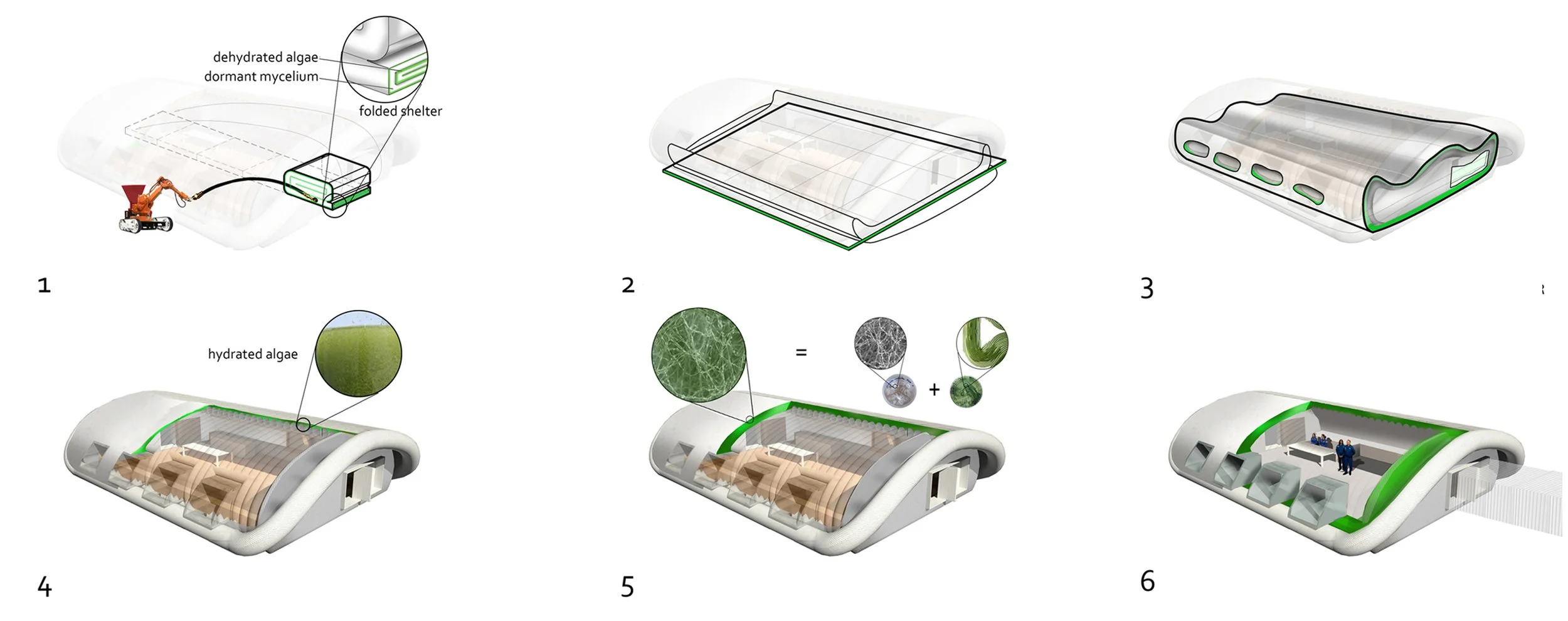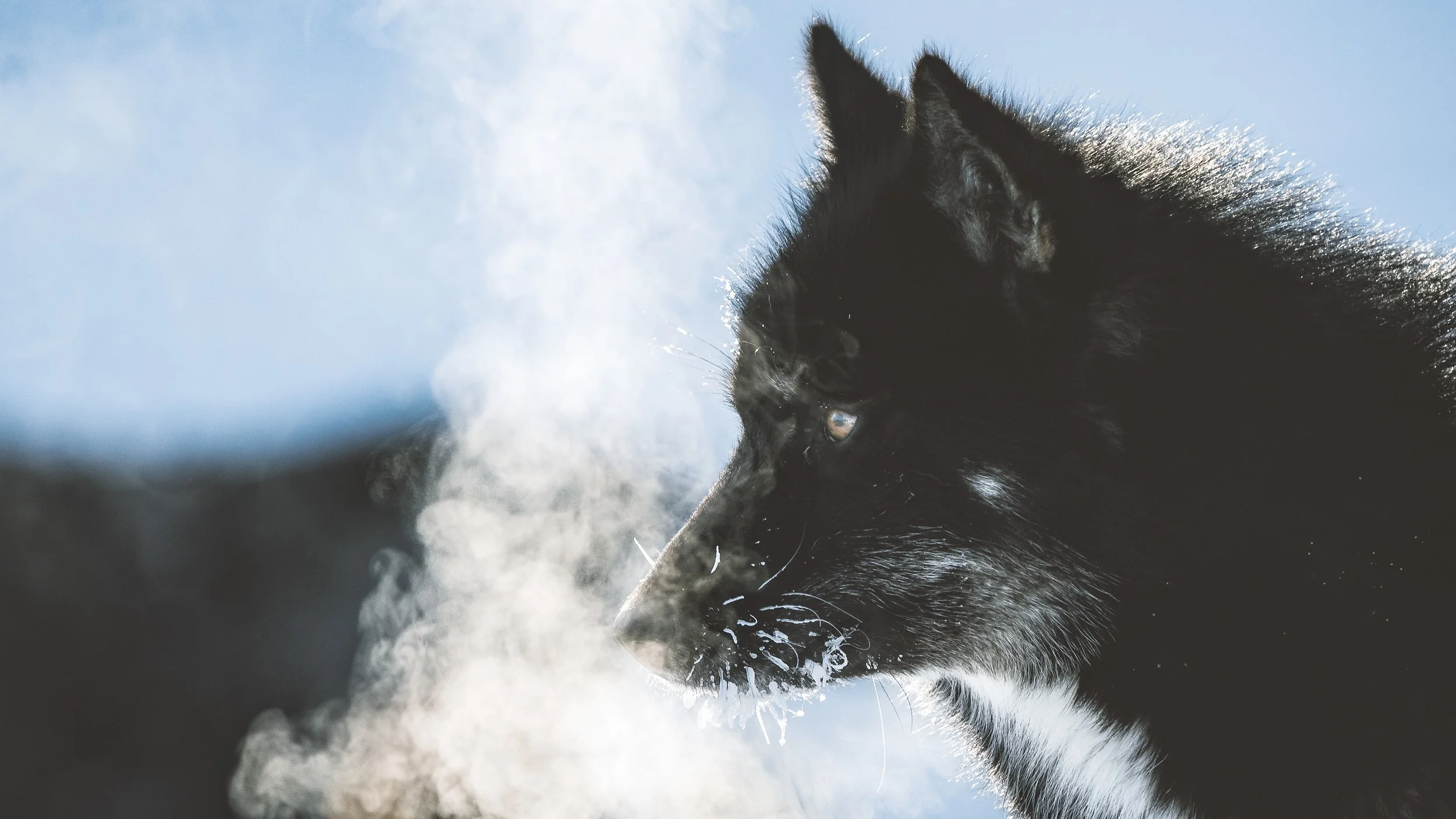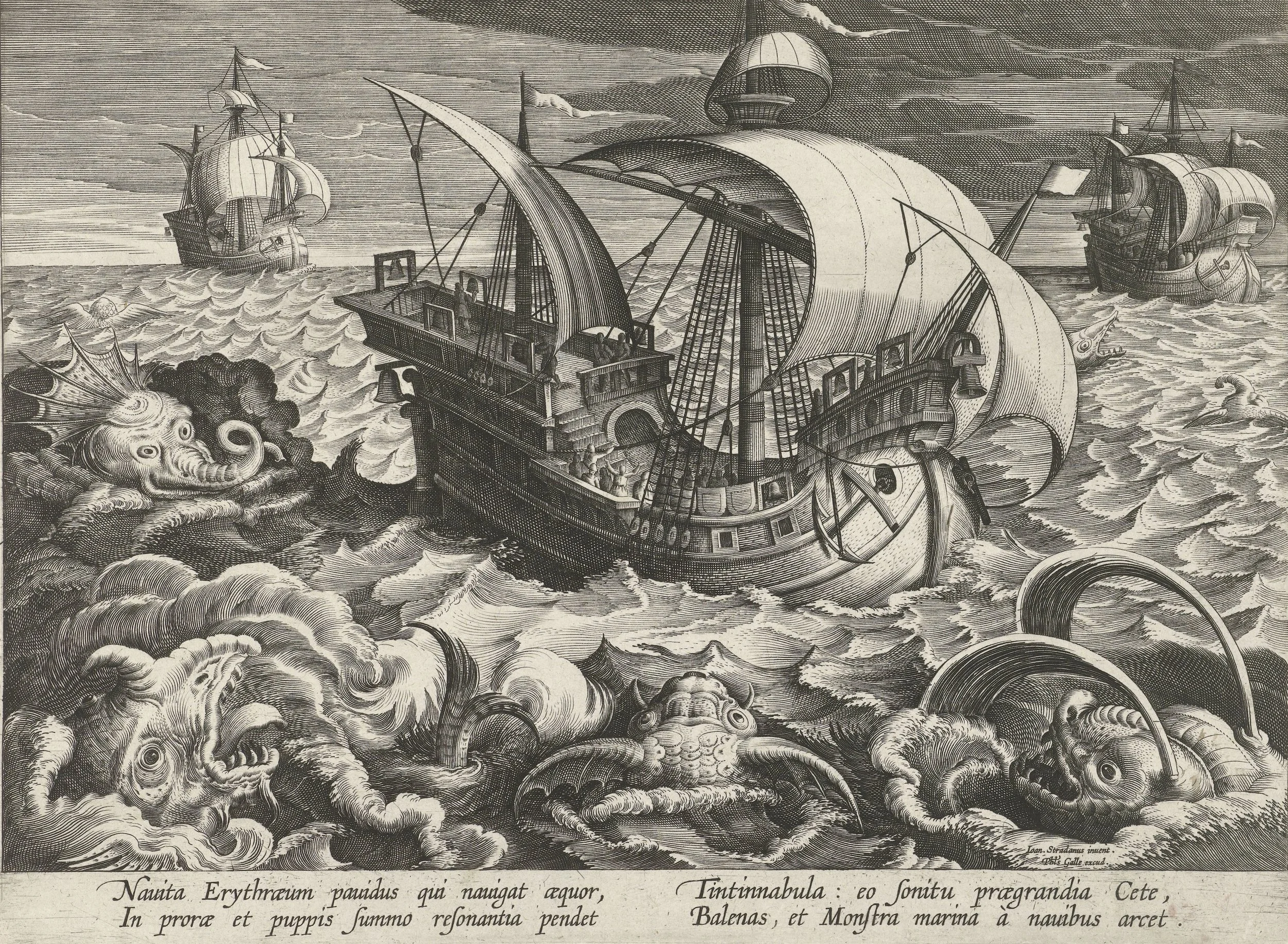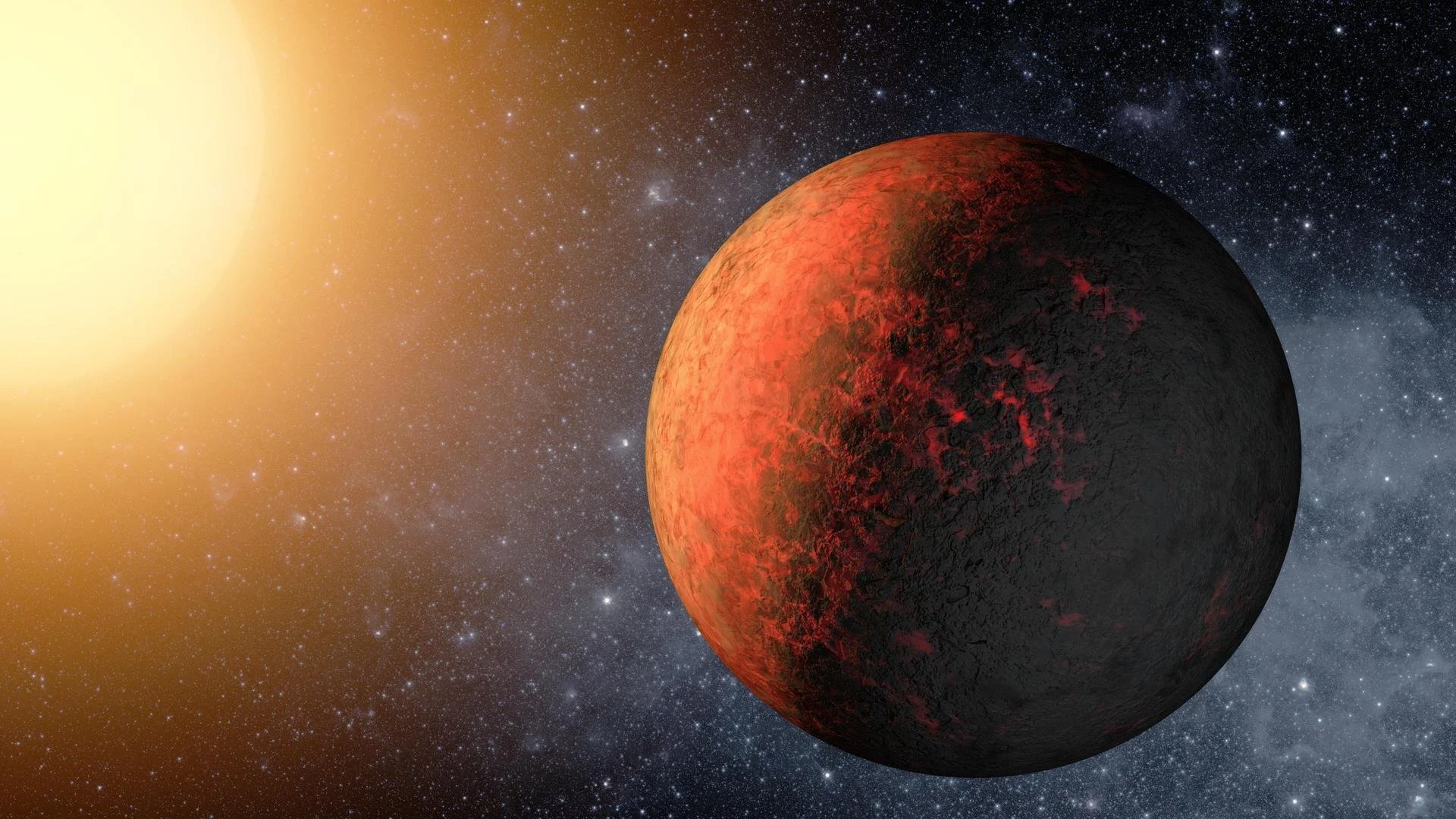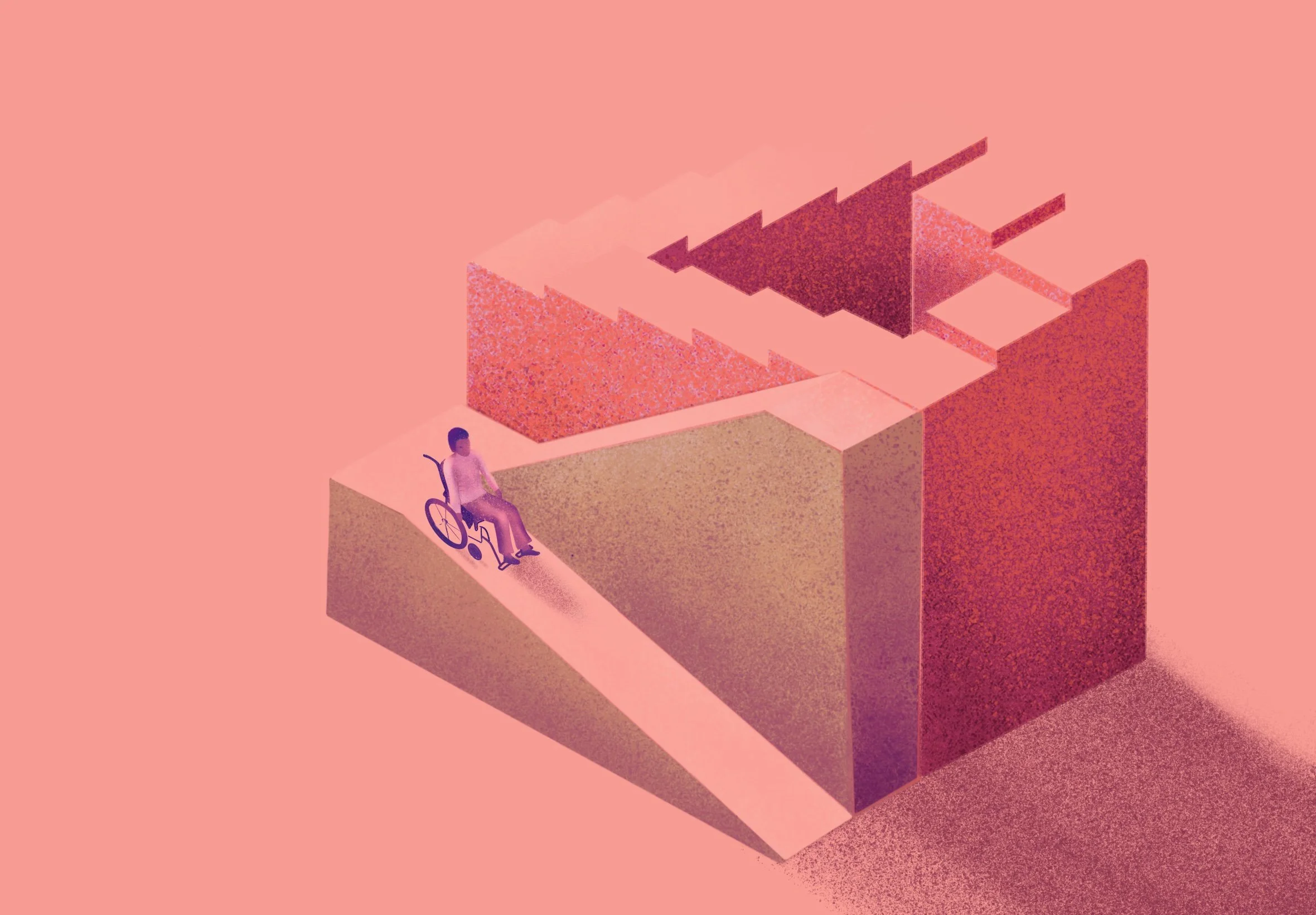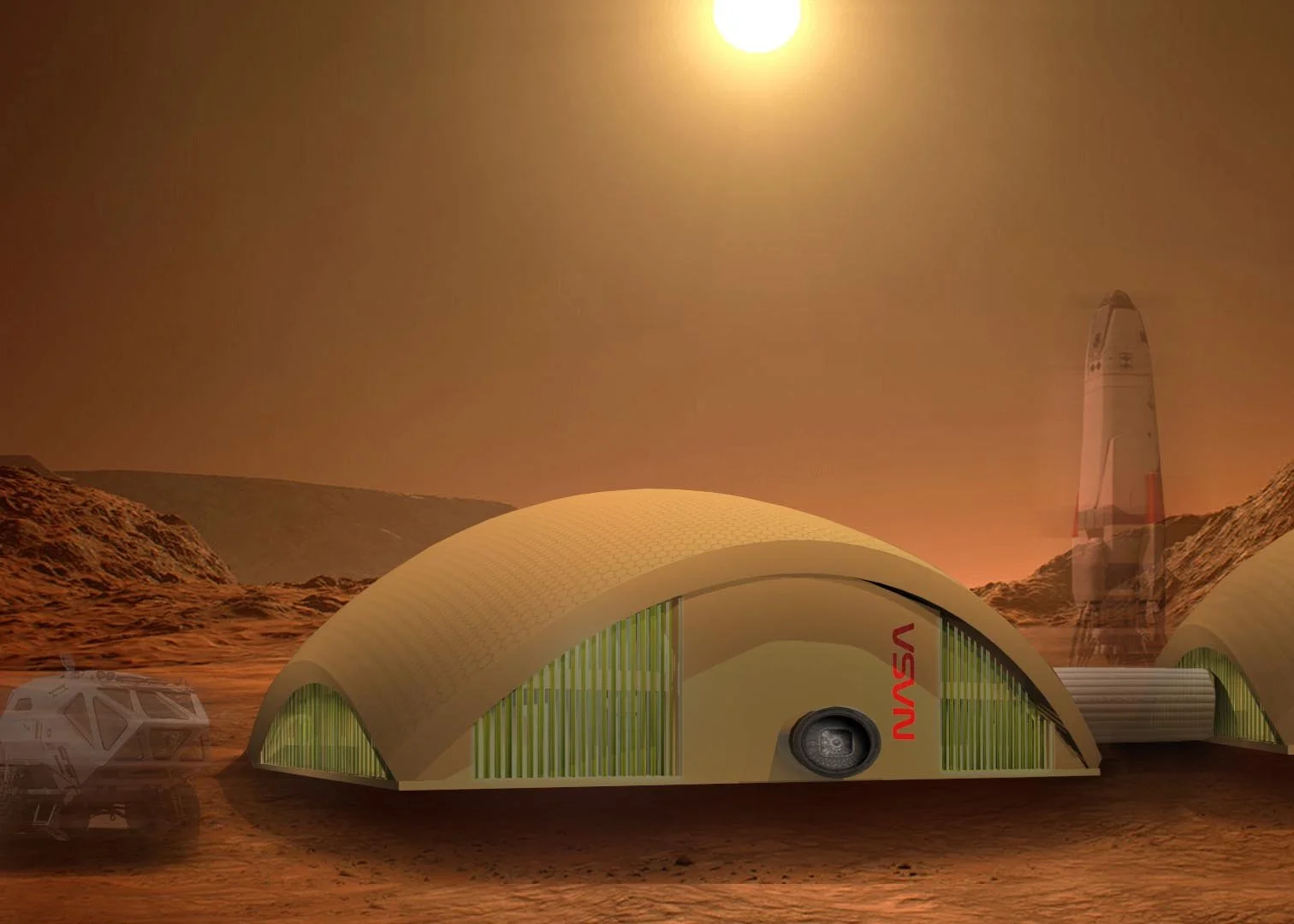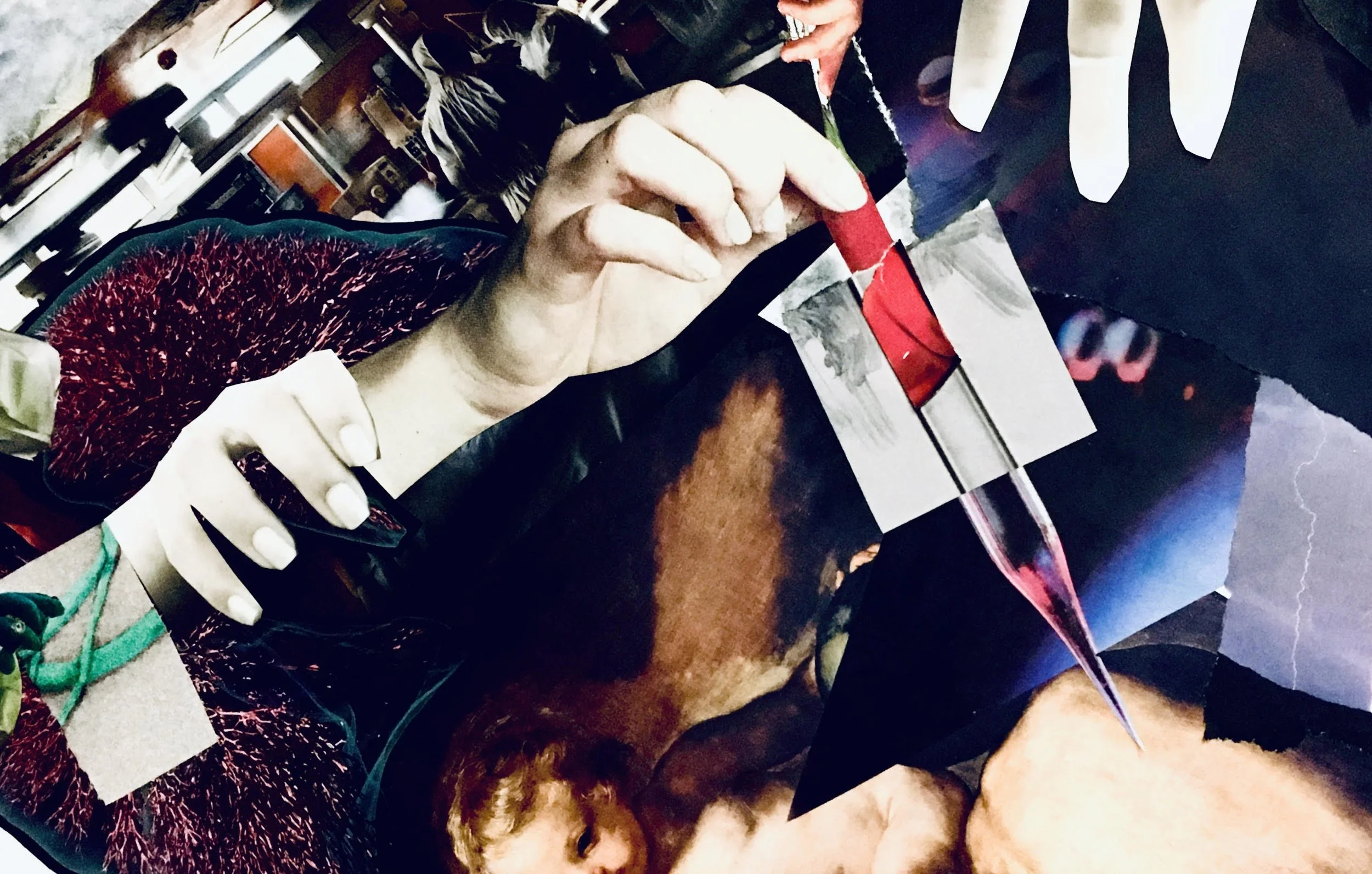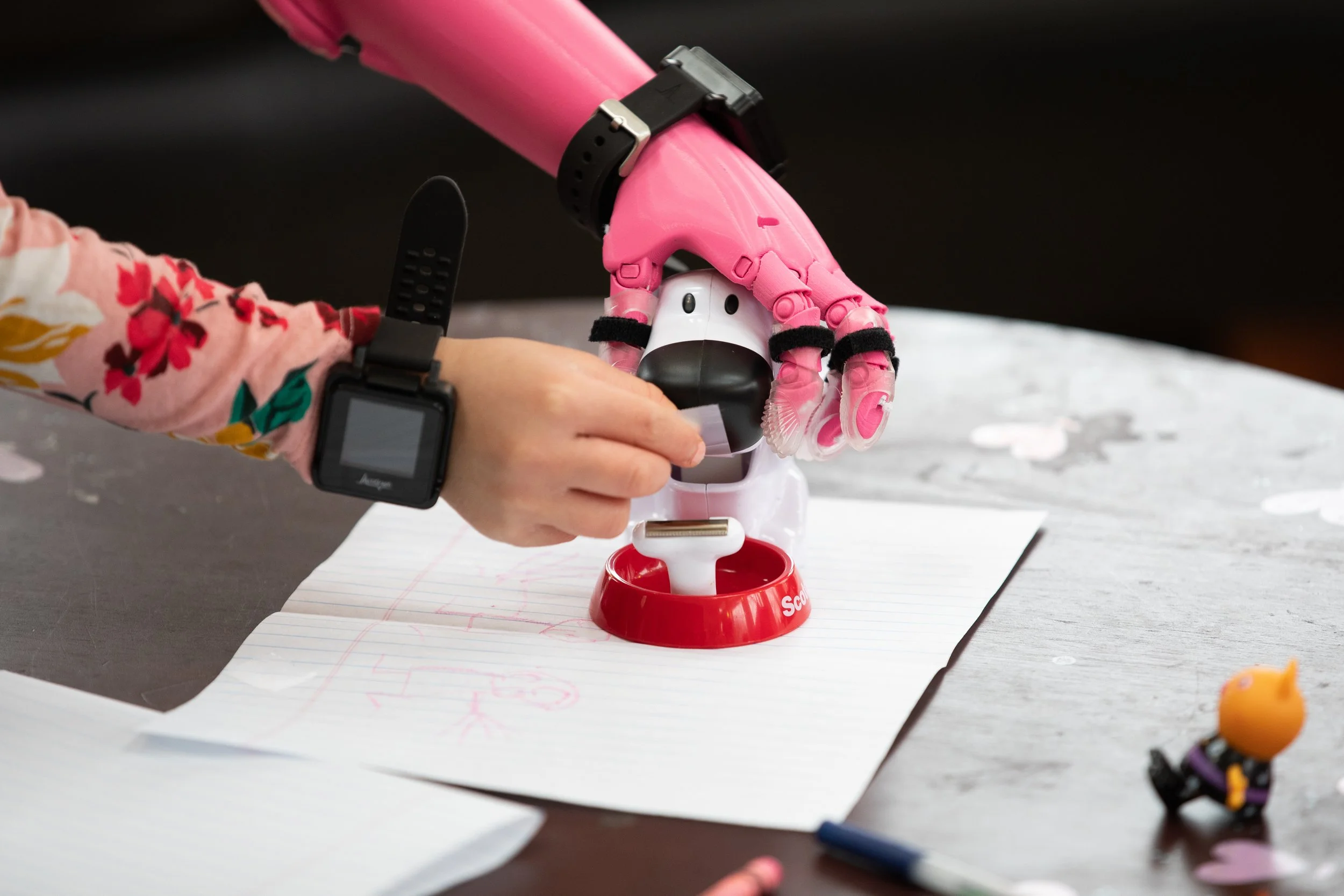Growing Mycelium Homes in Space
Versatile fungal threads could grow structures adapted to extraterrestrial conditions
Artist’s rendering of a mycelium habitat on Mars. Image credit: Redhouse Studio
by Kimberly Scarano
January 18, 2022
Adouble-lined inflatable bag is placed on the red, dusty Martian ground. A Martian rover zooms across the distant land and eventually arrives to add water to the bag. Over time, the bag unfolds into something unbelievable. This structure appears to be a house straight out of a science fiction movie. But this is not a scene from a movie—it’s the future of Mars colonization.
Humans have made astonishing technological advancements in the last 100 years: the first airplane flight in 1903, the Apollo 11 moon landing in 1969, and the first successful Martian probe landing in 1971, to name a few. With all the advancements made, how do we support and sustain human missions on an inhospitable, alien world?
Lynn Rothschild, a senior research scientist at NASA’s Ames Research Center (ARC), and her team, are developing an innovative way to create residential structures on the moon and Mars. These structures are composed of a seemingly insignificant material that is crucial to life on our planet. Through their myco-architecture project, Rothschild’s team is developing self-growing habitats out of mycelium, the thread-like connective network that gives birth to fungi.
Picture mycelium as the internet of the forest. An underground fibrous network connects trees to plants; it helps nourish and provides communication between them. Mushrooms are only the fruit of the mycelium, just like apples are the fruit of the apple tree. Rothschild’s myco-architecture project focuses on mycelium, which offers tremendous benefits to humanity.
Mycelium is versatile, depending on what you want to create. It can be turned into soft materials that mimic leather and can be baked into much harder products that can be used for housing structures. To engineer these structures, Rothschild’s team is working with ARC and Redhouse Studio (stylized as “redhouse studio”) in Cleveland, Ohio.
Artist’s rendering of a mycelium living space. Image credit: Redhouse Studio
“They will also bind materials to the little threads running through them,” said Rothschild, describing how mycelium transforms when baked. “Think of a bucket of sand, and if you ran threads, you could hold them together.”
To create any structure from mycelium, a mold of the desired shape is designed. Then, the mold is filled with a growing medium for the mycelium to feed on, and nutrients are added. The mycelium will naturally bind to the medium within the mold and fill out the structure as it grows. If the end product is baked following the growth period, it will become a hardened material that can be made into housing and even tables and chairs.
More care must be taken when growing structures out of mycelium off-planet, as protection of both the mycelium and the surrounding environment is crucial. Rothschild’s team has proposed a system by which a double-layered plastic outer casing is used as the mold to grow the structure.
Rothschild compared the process of building myco-architecture to seeding an air mattress with fungal mycelium. The bag could be folded and stored just like you would an air mattress in your house. Once it arrives at its destination—in this case, on the lunar or Martian surface—the bag would be inflated either by using algae that naturally release oxygen or by providing gas to the structure. The fungi would then grow inside the double layer for approximately two weeks, depending on temperature and pressure conditions, creating the outer foundation of the structure.
The team is using drop-stitch technology to maintain the bag's structural integrity. Christopher Maurer, principal architect of Redhouse Studio and ARC’s myco-architecture project, compares the technology to that of a stand-up paddleboard, where the stitching inside of the board runs from top to the bottom, keeping the structure flat when inflated.
“When they grow in there, they’ll actually bond to all the stitches that are holding those things together,” said Maurer. The mycelium’s initially small structures can grow and expand into an entire habitat. Inside the habitat, atmospheric pressure would be created and maintained.
Mycelium systems. Image credit: Redhouse Studio
Additionally, the inflatable structure could be placed anywhere so that a flat foundation would not be needed. Rothschild adds that the structures might not necessarily be built entirely out of mycelium. Instead, there is always a possibility for combination structures made from mycelium, steel, or Martian regolith—the rock and dust layer that sits atop bedrock.
There are numerous benefits to using myco-architecture off-planet. One concern when bringing materials into space is outgassing.
“Once you go into space, some of these solvents that are in there may come out of solution and be toxic,” said Rothschild. “We don’t have to worry about that sort of thing with the fungi.”
Mycelium is also an excellent insulator and fire retardant. It is easily manipulated to grow into any shape needed. Since the structure is being grown, it could potentially repair and regrow itself when damaged.
Two general concerns when launching anything into space are mass and volume. Mass reduction, in the case of myco-architecture, depends on whether the cargo can include substrate and water. If the team finds it possible to use regolith from the moon and Mars as the growing medium for the mycelium, and if rovers can source water from regolith once the load arrives, the load during transportation would be dramatically smaller and lighter. According to NASA, a future lunar landing site is the moon’s south pole, which is abundant with ice that could provide a definitive water source for myco-architecture structures.
“If you have this inflatable structure that you folded up, and you’re launching at very small volume, and [are] able to fold almost in any way that you want so that you can just stick it in a nook and cranny, that’s going to be a whole lot easier to transport than a rigid structure that’s already been built on the earth with steel beams,” said Rothschild.
Once such a structure arrives off-planet, the effects of gravity would not be expected to have much of an impact. For one, mycelium doesn’t use photosynthesis to grow like plants and trees, so it grows in any direction needed if there is space to do so. It also doesn’t need liquid nutrients and can completely colonize solid substrate. The different effects of gravity on the moon and Mars should not have a considerable impact on growing mycelium.
One factor that may affect mycelial growth is temperature. Temperatures on Mars are much colder than on Earth. According to NASA, the average temperature on Earth is around 57 degrees Fahrenheit, while Mars’s average temperature is minus 81 degrees F. The moon’s temperatures fluctuate dramatically due to its lack of atmosphere. As a result, temperatures range from minus 298 degrees F at night, to 224 degrees F during the day.
“I’ve never met an organism that’s not affected by temperature,” said Rothschild. “What’s surprising is even sometimes five degrees Celsius can make a huge difference.”
Temperature and pressure could affect how fast the mycelium grows, as colder temperatures may slow down the growth rate. There is a concern if the structures do not grow fast enough or strong enough to support housing. However, testing is ongoing, and safety will be ensured before astronauts are sent on missions.
On the moon, this temperature difference may be beneficial. On Earth, it takes about two weeks for the mycelium to colonize a mold. “The lunar day-night cycle is about two weeks, so if you could have this growth for the two weeks, then they can take advantage of the hot period and bake it,” said Rothschild.
Rothschild’s team is focusing on a way to protect the mycelium and the environment in which it is grown off-planet. The bagged structure or mold containing the mycelium could provide the needed dual protection. In addition, black fungi could be added to the bag to shield the mycelium from radiation present in space, since black fungi can survive high doses of radiation.

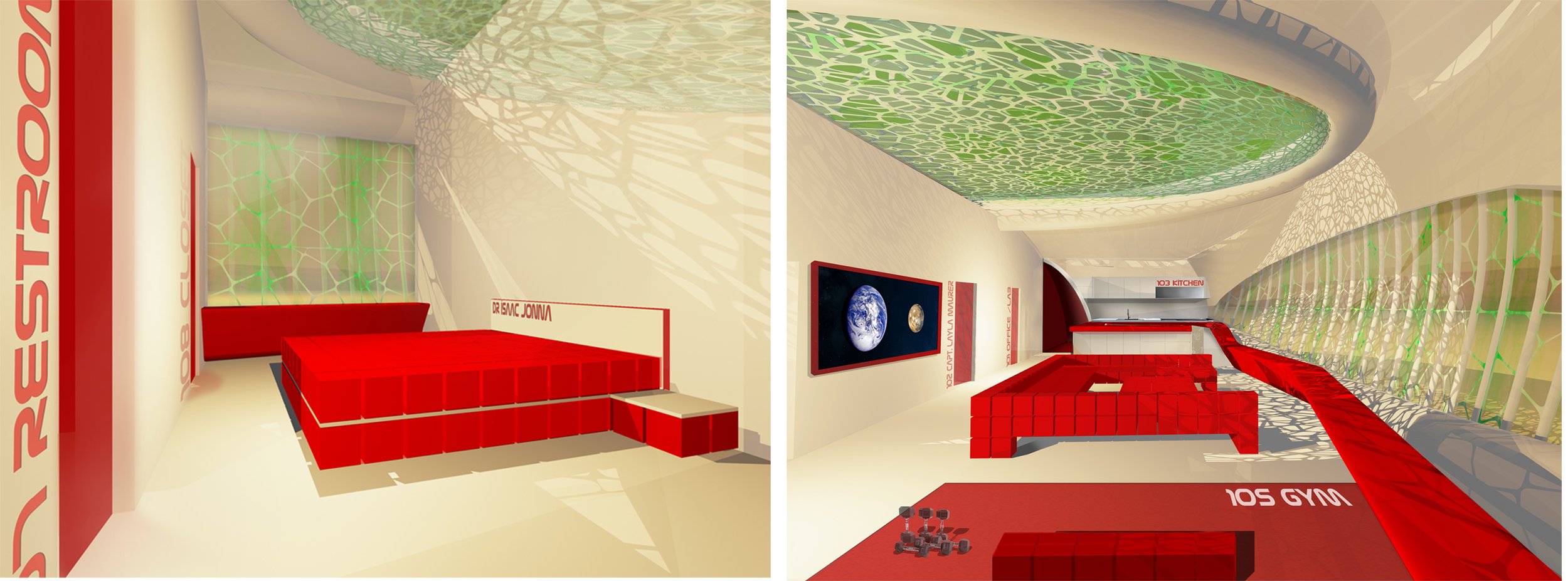
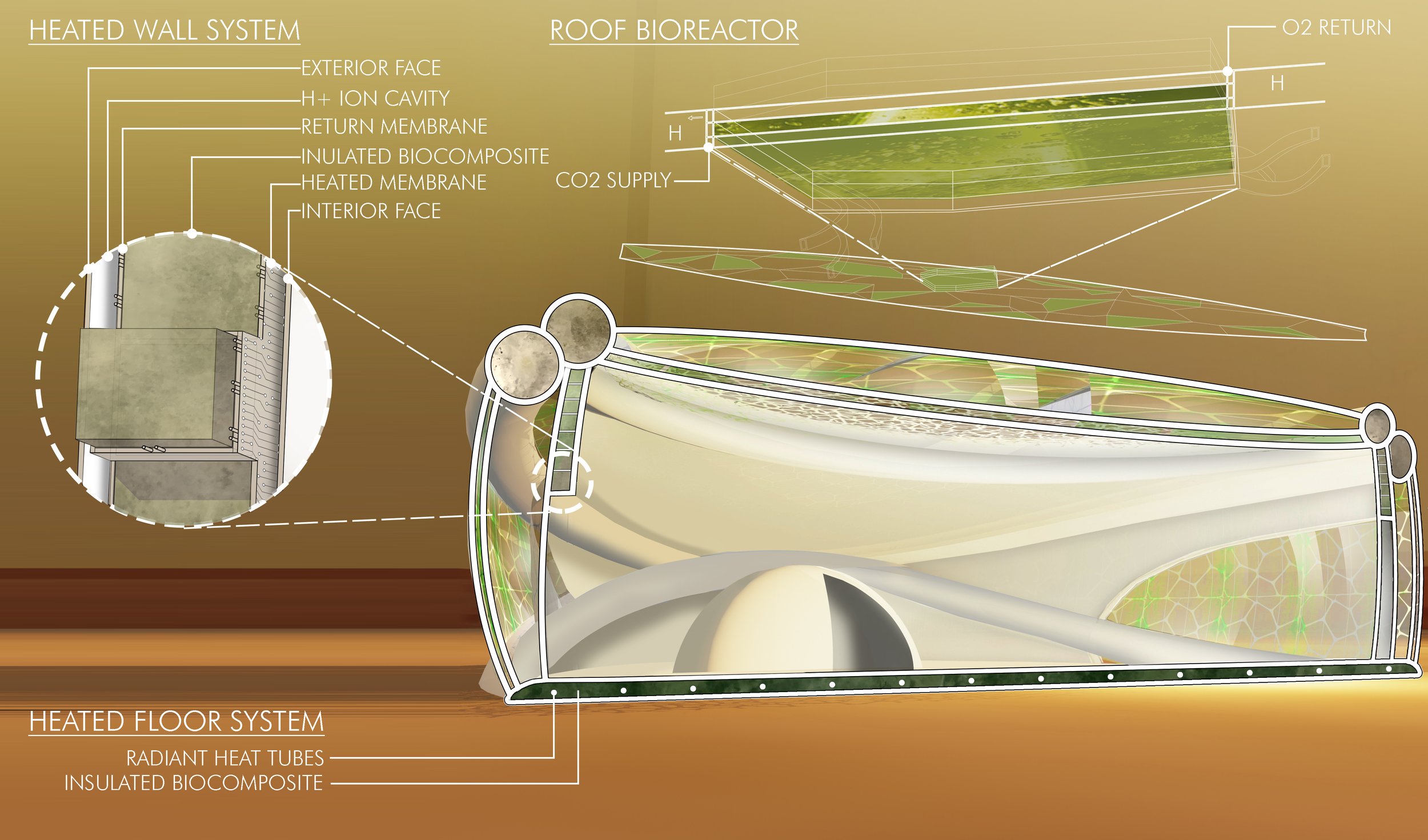

Researchers Radamés J.B. Cordero and Quigly Dragotakes of Johns Hopkins University are currently working with Rothschild and Mauer’s team to further understand how to use fungi as a radiation shield. The team is interested in fungi’s ability to withstand and thrive in the presence of harmful radiation and to possibly convert that radiation into different forms of energy that are not harmful.
“The same way that plants take visible light and do photosynthesis and create sugars, fungi can do similar things using X-rays and gamma rays,” said Maurer.
The team, along with Johns Hopkins University, Akron University, and NASA’s Glenn Research Center, recently sent fungal samples to the International Space Station to test radiation exposure in the vacuum of space.
Another area of concern is that of the Martian environment. “We have to be extremely careful that we don’t leave invasive organisms,” warned Rothschild. “There would be no greater tragedy than if it turns out there was a separate life form on Mars, and we completely obliterated it.”
These concerns should be put to rest well before arrival at the moon and Mars. Rothschild’s team is partnering with McMaster University in Canada to use their planetary simulator to test growth and functionality of materials under Martian and lunar conditions.
Mycelial products have been used on Earth in products such as packaging material, wine bottle packaging, and imitation leather. However, not much had been done in larger structures until Maurer began his work on building sustainable refugee housing.
At Redhouse Studio, Maurer is involved with numerous worldwide projects for ecological sustainability. Along with MIT’s Center for Bits and Atoms and Africa’s Standard Bank Group, Maurer is working to solve the problem of bush encroachment in Namibia that is causing issues with wildlife and groundwater while simultaneously providing sustainable housing, food, and jobs to refugees.
The team is growing mushrooms on the biowaste that accrues from thinning the bush. They then create mycelial bricks, compressing and baking them so that they become stronger and more impact-resistant than concrete.
“One of the main great things about this is that it’s a carbon store,” remarked Maurer. The bush would normally release carbon dioxide into the atmosphere when it dies, but mycelium removes carbon from the atmosphere. “By putting it into building materials and then in the building, we can store that for decades, possibly centuries, depending on how long the buildings last.” Once the buildings do come down, the materials can be buried or used as compost.
Maurer stated that this technology will hopefully become widespread around the world and could possibly benefit earthquake-prone areas. The flexural strength of the mycelial bricks is much stronger than concrete. During an earthquake, concrete usually cracks as it moves. Due to the high flexural strength of mycelium, myco-architecture buildings could potentially resist the forces of an earthquake without having to be rebuilt.
Maurer added that projects such as Redhouse Studio’s Biocycler could be used in these scenarios as well. The Biocycler turns construction waste into new building materials. “The concept would be to recycle all that garbage and turn it into healthy and safe buildings that, again, are ideally more resilient to the disasters,” said Maurer.
Recycling building materials using mycelium can also help make those materials safer. When mycelium “eats,” it secretes enzymes that break down harmful chemicals into safer substances. The Biocycler is currently being used in Cleveland to aid in disposing of harmful building materials, due to the high instances of lead poisoning in children in the area. “Lead paint wouldn’t have been safe to go to a landfill. The materials that we’ve made from the waste of that are now safe to go. So, it’s not only recycling but remediating the problem,” added Maurer.
The versatility of mycelium seems to offer endless possibilities. Of course, more research is always needed, especially in a field as fast-growing as mycology. Scientists will undoubtedly make more discoveries. Who knows where the mycelium will take us in the future? Only time will tell.
“I just love the idea that you could make a table out of this and grow mushrooms and, you know, ferment your sake right on the top of the table,” said Rothschild.
Kimberly Scarano
Kimberly Scarano is a technical and freelance writer. In her spare time she trains jiujitsu and enjoys walks in nature, reading, and discussing science and philosophy. She lives in New Jersey with her nine-year-old son.



